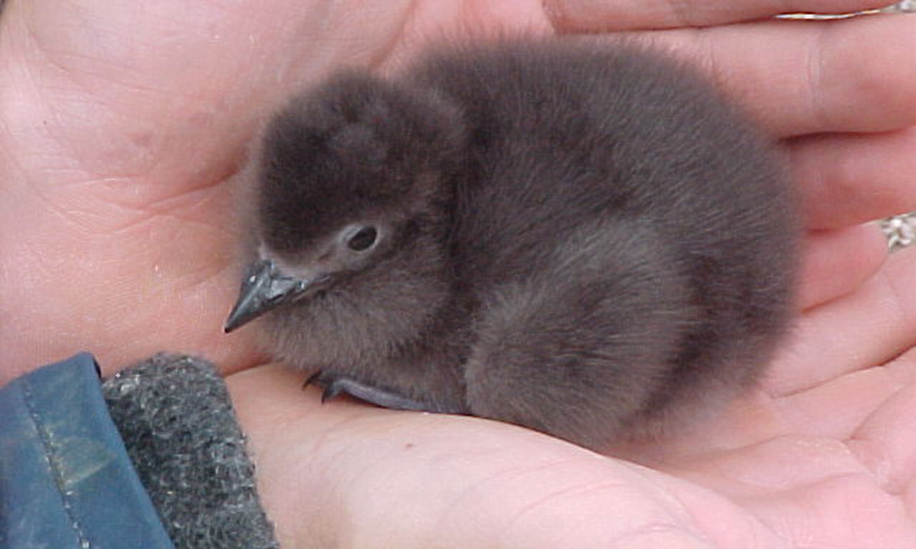Rhinoceros auklets are seabirds that nest in crevices and burrows. They get their name from the little horn-like protrusion on their bills, which is gray to human eyes but fluorescent if you’re another auklet. They were once plentiful in California, but most of the breeding population disappeared by the late 1800s. After designation of Northern California’s Farallon Islands as a National Wildlife Refuge in the 1970s, populations began to recover. But mating pairs lay only one egg each year, and recovery is slow. California still classifies these little birds as a “species of special concern,” and the U.S. Fish and Wildlife Service deems them a “species of high priority management need.”
The Farallon Islands, Año Nuevo Island, and Castle Rock in Northern California now provide habitat for approximately 96 percent of the California breeding populations. The total population is no more than 2,000 birds.
One effective strategy to help these birds is to put out nesting boxes for them. Since 1976, the Point Reyes Bird Observatory has deployed over 500 nesting boxes for rhinoceros auklets on Southeast Farallon Island and for Cassin’s auklets on Año Nuevo Island. Both species have readily occupied the boxes, and scientists have gained valuable information on population dynamics. Seacology provided funding for the construction and installation of 65 more nesting boxes.


